'Unlike typical fashion brands, we do not do 'human merchandising'.'
'Instead, data analytics and half a dozen parameters related to user behaviour are used to predict styles that remain or get removed from our 'merchandise.'
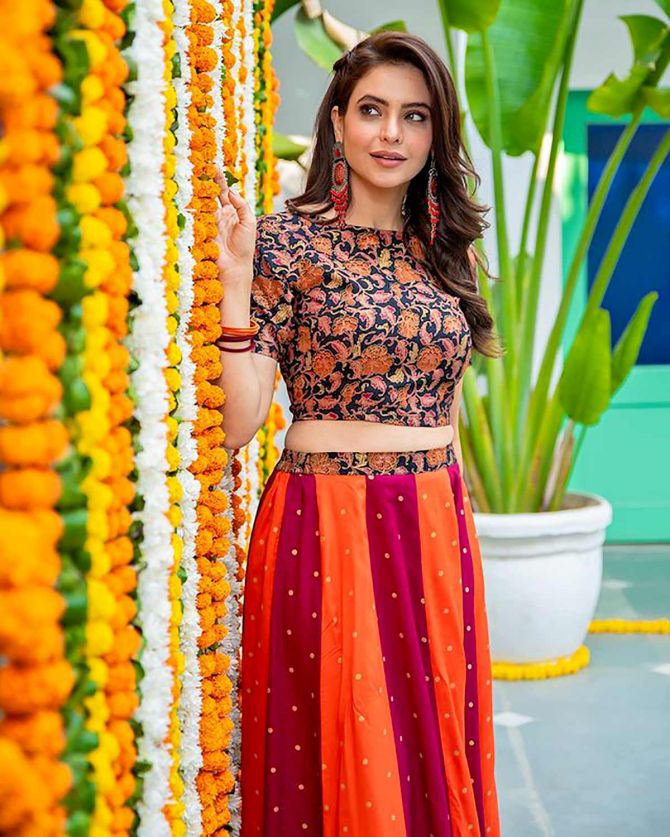
RustOrange is an Indian apparel brand started by a group of friends and business school graduates with an initial investment of Rs 3 crore (Rs 30 million).
The Web site was launched in 2016 with a gross merchandise value (volume of products sold to customers online) of approximately Rs 2 crore (Rs 20 million).
Seven years later (as of December 2021), the company has a community of over 5 millionb users and is clocking in a revenue of approximately Rs 20 crore (Rs 200 million).
What makes this start-up's story so interesting is that the founders Shashank Agnihotri, Samik Sarkar and Kuvalaya Singh, (and the other co-founders) had zero experience of fashion design or apparel production before launching RustOrange.
Looking back, the trio believes it was the lack of these that helped them take risks and scale up RustOrange to create a niche for itself.
While Samik and Shashank are MBAs from the Indian Institute of Foreign Trade, New Delhi, Kuvalya is an alumnus of the Indian Institute of Management-Ahmedabad.
In an e-mail interview with Divya Nair/Rediff.com, RustOrange co-founders Samik, Shashank and Kuvalaya tell us how they built the brand from scratch as they share interesting learnings from their successful journey so far.
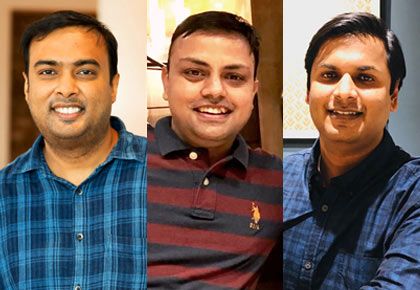
What inspired you to start RustOrange? What were the thoughts and ideas that brought you together?
Samik Sarkar: We originally started RustOrange with Zakoopi (an apparel platform) where we were building a listing of all nearby fashion stores in major Indian cities, similar to what Zomato did with restaurants.
While listing designers for Zakoopi, we would visit a lot of designers.
We saw women flocking to designers in numbers, but they would never purchase.
While interacting with these women, we realised that the major reason they never purchased was very high prices.
According to designers, the high price was due to lack of economies of scale.
While traditional brands are not able to experiment much due to large design production cycles and high risks of non performing inventory, designers who were able to experiment and produce unique garments lacked economics of scale.
We thought if unique designs are provided at great prices, there is a market for it.
A digital platform would allow us to maintain a high velocity of new design launches with minimal initial inventory which would help prospective customers get lots of unique styles.
High in demand styles would be mass produced giving benefits of economies of scale and resulting in great prices for customers.
To maintain the uniqueness of new designs, we made existing customers vote for them before actual sale. Only designs that were above the benchmark made it to final merchandise.
We launched the beta version of RustOrange in late 2016.
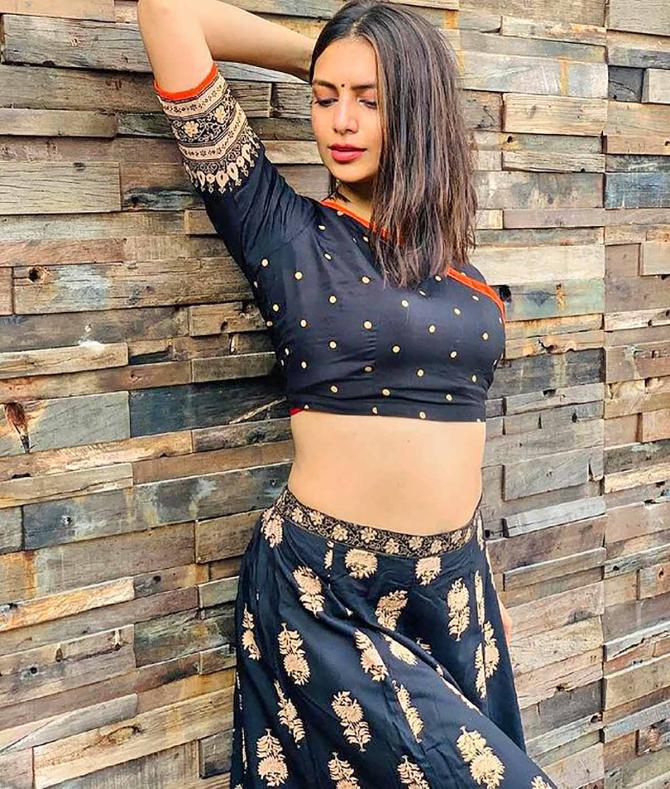
Why did you choose to invest in contemporary Indian fashion?
Shashank Agnihotri: The market size of the ethnic and fusion wear segment across India was approximately Rs 925 billion in 2018 and is estimated to reach a whopping Rs 1.7 trillion by 2023.
This is driven majorly by the recession-proof wedding industry in India, special occasions, traditional festivals and office clothing/work wear.
From largely being an unorganised market where women used to go to purchase garments from local shops, the trend today has shifted to buying readymade garments from brands.
The most interesting segment in this is the contemporary ethnic wear segment.
India has the world's largest youth population. The high spending youth of India is exposed to global trends via digital media and is looking for a balance between Indian culture and global trends.
These have opened up unprecedented opportunities for retailers in the contemporary and fusion wear segment.
We have always positioned ourselves as a brand offering contemporary ethnic wear at great prices. We have a vision to sell contemporary ethnic wear beyond the top urban destinations of India.
How did you pick the first few employees to build your team?
Kuvalaya Singh: The first few employees were mostly hired from references of friends, family and existing employees. This helped us get proper feedback about candidates.
What qualities do you look for while hiring and interviewing employees?
We look for individuals with experience of building teams and products from scratch.
We generally do not hire managers of large companies as they do not have experience of execution in an unstructured setup.
We hired most of our employees from start-ups or small organisations.
When we are looking for employees, the primary skill set we are looking for is the passion to create something. Also, we look for individuals who are good with doing cross functional work.
What were some of the initial challenges you faced while starting up and how did you overcome them?
Kuvalaya:
- Working capital management. In our early days we used to sometimes under-perform on our monthly revenue targets. This led to cash management problems at times.
- Hiring the correct team. When you are at a very early stage, you do not have a great office to work out of and many candidates are scared about the future of the company. Also, you are not in a position to pay very high salaries. Finding your first ten employees is a big task! I still remember it was more of me giving a pitch to candidates why they should join us rather than vice versa.
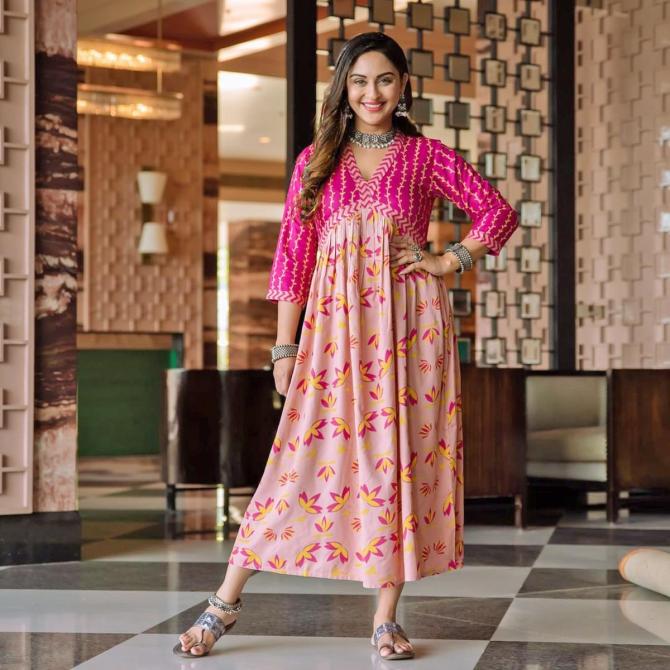
What have been some of your interesting strategies that helped you get your first few customers?
Shashank:
- Go direct to consumer. Sell products directly to their customers online. This is a win-win situation for consumers and brands because it lowers costs and prices by bypassing third-party retailers. Direct to consumer brands are also positioned to respond to customer feedback more efficiently and use customer data to make better business decisions.
- Importance of social media and good content. Today's consumer buying decision is highly influenced by social media. They want to purchase to first know and then transact with brands that their contacts are using.
- Look for value clothing and not cheap stuff. The Indian millennial consumer is not looking for the cheapest product. They are looking for good products which they are able to make their life better. But yes, they love to see things they love have great prices.
- Comfort first. The Indian millennial woman is looking for soft and breathable fabrics which make them feel comfortable at all times. In addition, they are looking for a great fit for all their garments.
What have been some of your greatest learnings as an entrepreneur?
Samik:
Every day is a new learning experience for an entrepreneur. Whether you succeed or not you do become a better person in this journey.
In five years, these are some of my biggest learnings:
- Persistence is the key: It takes years to build companies. Not everything is going to work for you in your initial years of entrepreneurship, but if one is persistent he will definitely find an answer to every business problem and build a great company.
- Build a profitable venture: We live in a very volatile world. Raising capital is easy in a bullish market but sustaining a loss making company is very difficult in a bearish market. Entrepreneurs should build sustainable businesses if they want to survive long in the game.
- Respect failure: You are an entrepreneur if you are not afraid to try out new things. There would be occasional failures when you try new things.
Shashank:
Choose your battles to fight. It is tempting to get carried away due so much noise around, but prudently check what you excel in, what you can learn to excel in and what you wish you can excel in. Don't waste time.
Kuvalaya:
- Customer is king, the centre of your business. So it's important to make every single customer happy.
- Resources are always limited/short. Learn to live without capital burn.
- Understand what is core to business and outsource rest to professionals.
In your opinion, what do consumers look for while shopping online?
Shashank: Indian consumers shopping online are looking for good products at great prices. They are also looking to purchase from brands with whom they can connect.
Needless to say, all of us are looking for a hassle free experience during purchase and after sales services.
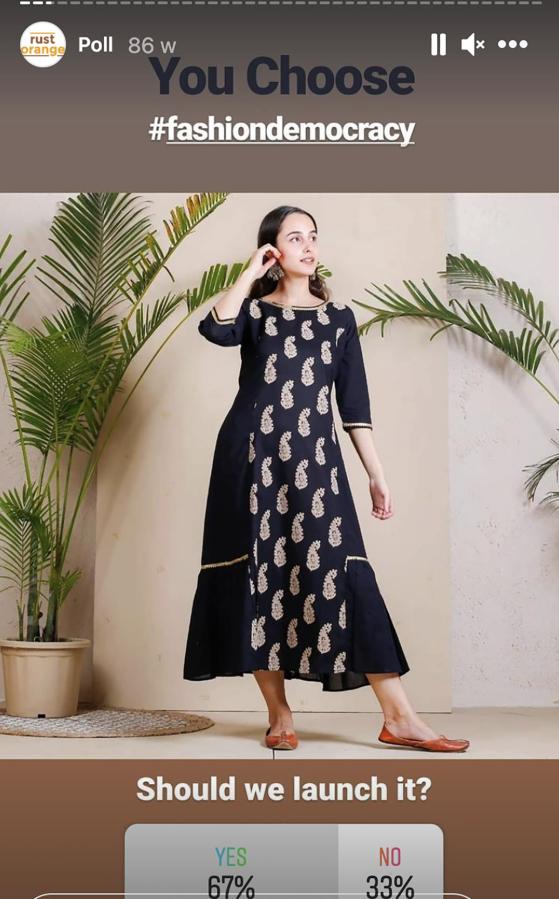
What factors do you think contributed to the success of your brand?
Samik: Design Uniqueness through democratisation. To maintain uniqueness of new designs, existing customers vote them before actual sale.
New design illustrations are voted via Instagram Stories by all our followers. Only designs which were above the benchmark make it to final merchandize for soft launch
Vertically integrated supply chain with high turnaround times leading to great prices and minimal work in progress inventory.
Unlike typical fashion brands, we do not do 'human merchandising'. Instead, data analytics and half a dozen parameters related to user behaviour are used to predict styles that remain or get removed from our 'merchandise.'
High velocity of new product development and design selection. The company launches around 150 fresh styles per month. This also helps in keep a high bar for design selection which results in the merchandise having high buy-to-detail products resulting in high conversion for products.
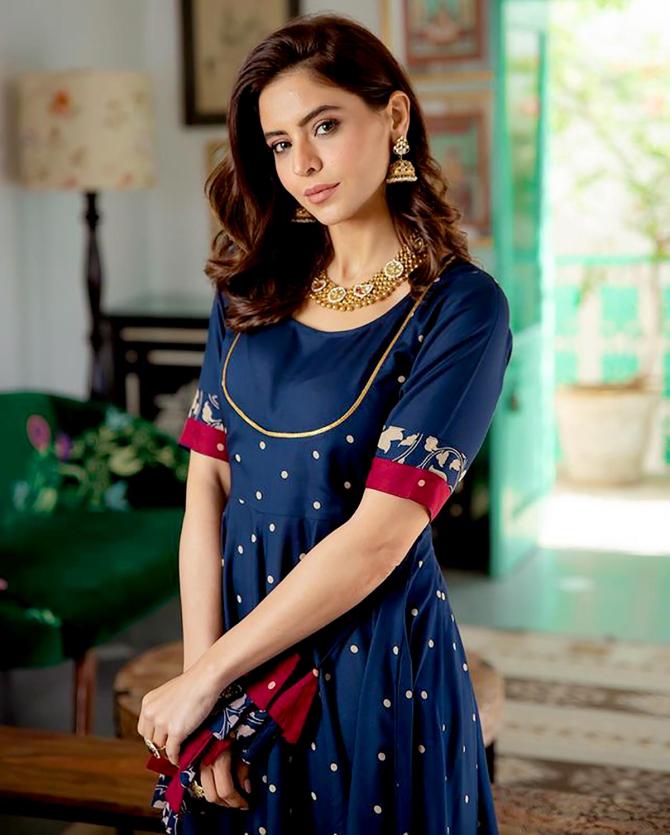
Your career advice for first gen entrepreneurs
Shashank:
- It takes time to build companies. Be persistent. Bill Gates once said 'You always overestimate what you can do in one year and you will always underestimate what you can achieve in ten years.' Company building is a long marathon. It takes 7 to 10 years to build a sustainable company.
- Don't be lured by the glamour of entrepreneurship. It is an extremely tough and lonely journey.
- Even if your start-up fails, it gives you so many life lessons which any corporate job can never teach you.
Life advice for the graduating class of 2022
Shashank: Batch of 2022, I know so many of you would be thinking it is such a bad time to graduate in the middle of a pandemic.
But trust me, I feel this is the best time to graduate. You have seen adversity at such a young age. This will make you never take things for granted and you will have a great ability to manage stress.
In adversity we push boundaries and achieve things that we previously thought we are not capable of. Go conquer the world.
What's next for you?
Kuvalaya: Becoming a brand of first recall for consumers looking for aspirational fusion wear at great prices.
We plan to start opening a few retail experience centres from next fiscal year. The initial plan is to have one outlet in each of the metro cities of India.
Our product assortment will see additions from jewellery, footwear and other accessories by 2022. In addition, we want to add a separate line for plus size fashion and increase our global presence to international markets.
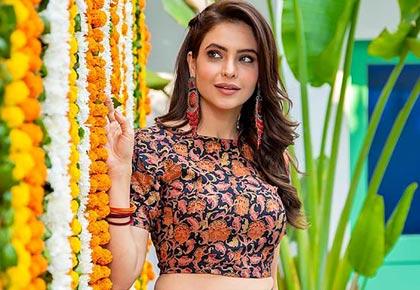








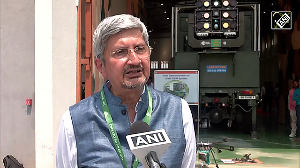
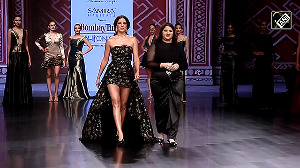
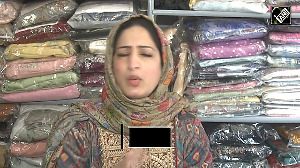
 © 2025
© 2025